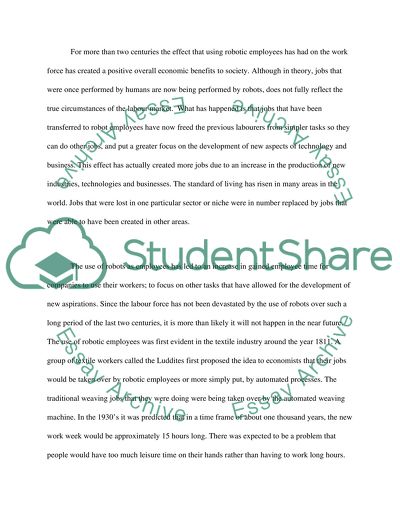Cite this document
(“Human employes vs Robot employes Research Paper”, n.d.)
Retrieved from https://studentshare.org/english/1395174-human-employes-vs-robot-employes
Retrieved from https://studentshare.org/english/1395174-human-employes-vs-robot-employes
(Human Employes Vs Robot Employes Research Paper)
https://studentshare.org/english/1395174-human-employes-vs-robot-employes.
https://studentshare.org/english/1395174-human-employes-vs-robot-employes.
“Human Employes Vs Robot Employes Research Paper”, n.d. https://studentshare.org/english/1395174-human-employes-vs-robot-employes.


